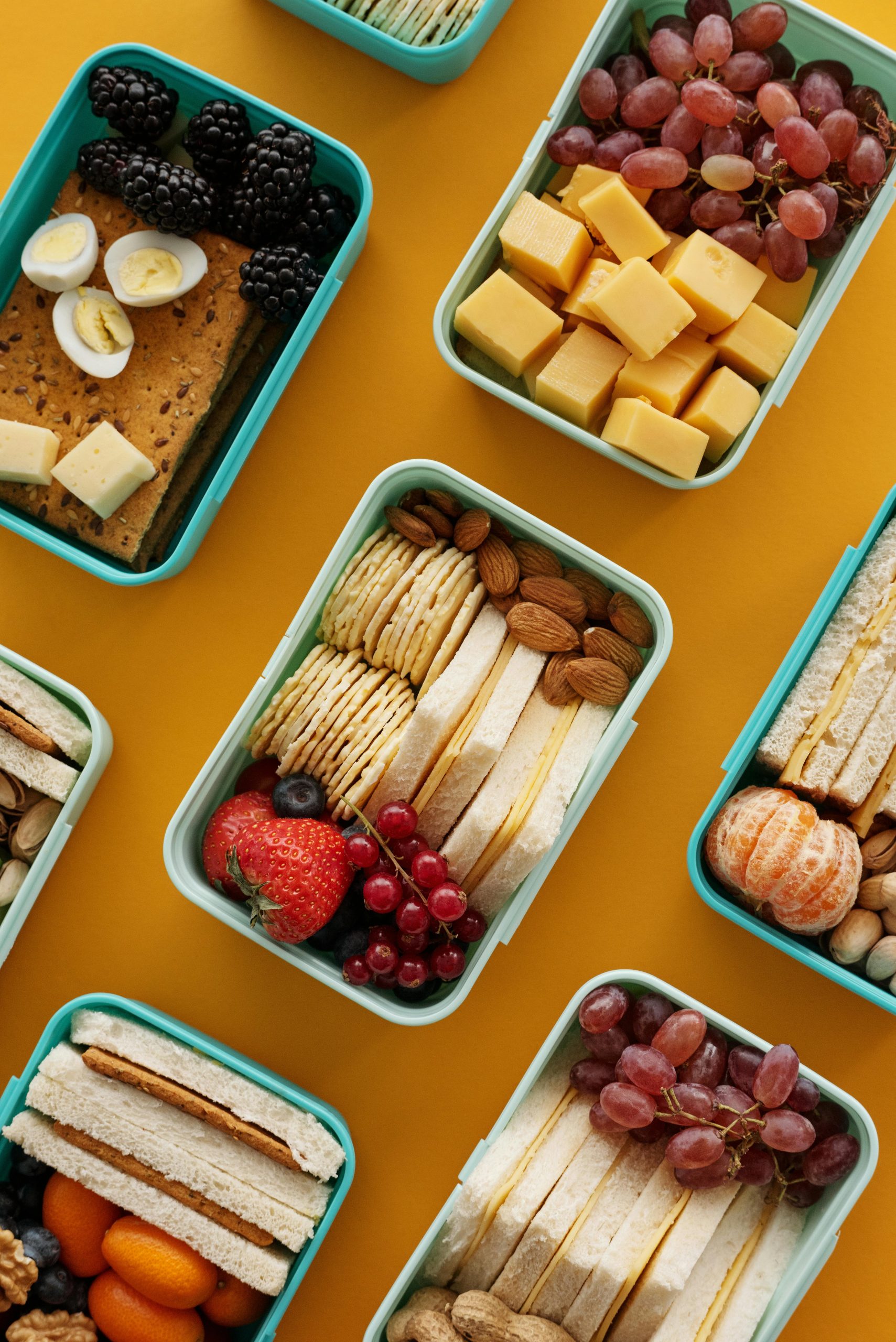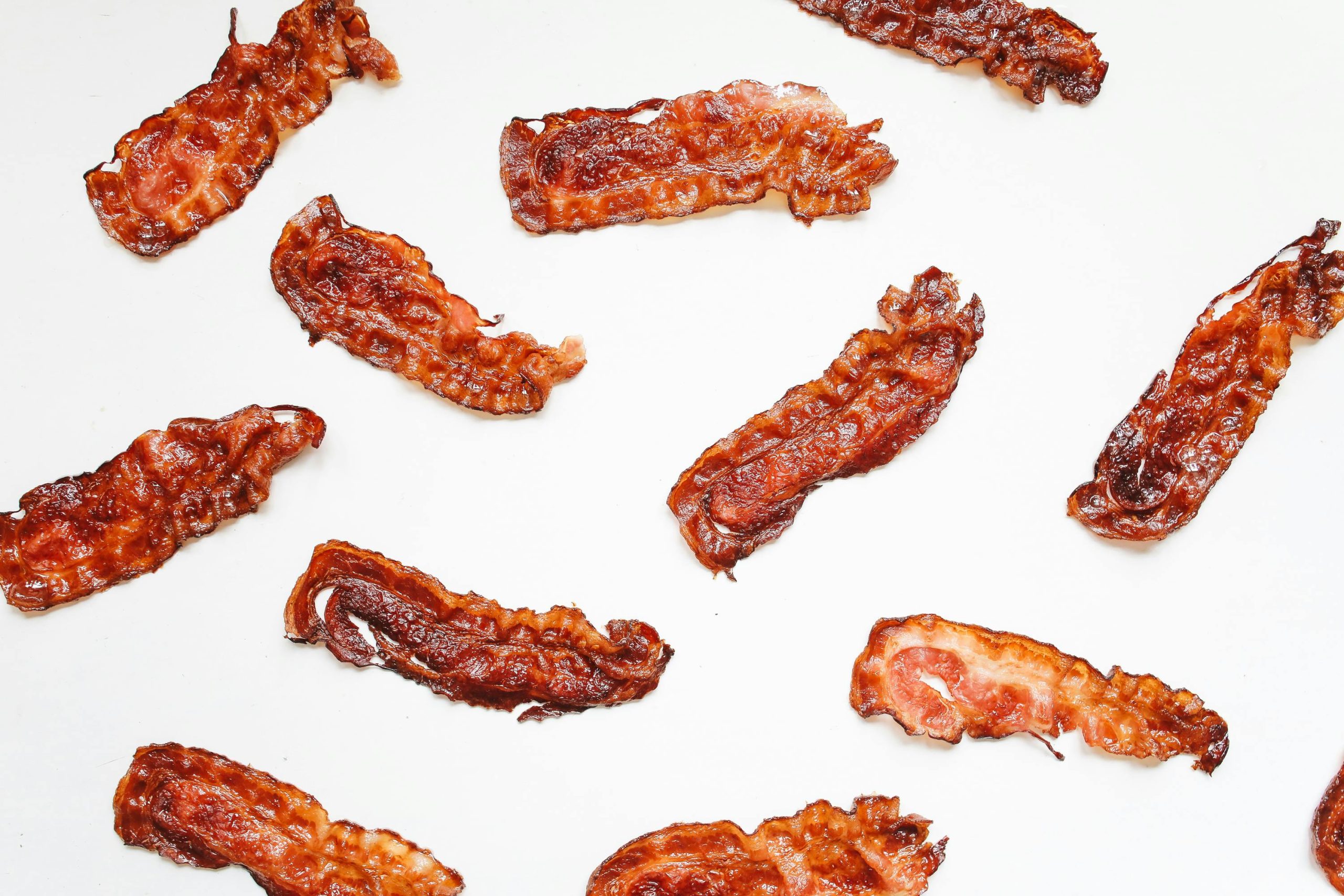Resealable packaging seems like a great innovation, promising to keep our food fresh and our cupboards tidy. However, the flimsy zip-strips and press-to-seal closures on many food packages are often ineffective. They frequently fail to create a truly airtight seal, allowing air and moisture to get in and spoil the food inside. In many cases, these convenient packages can cause food to go bad faster than if you had stored it properly in a different container.

Image Source: pexels.com
1. Potato Chips and Other Salty Snacks
The built-in resealable strip on a large bag of potato chips is notoriously unreliable. It rarely creates a tight seal, which allows air to get into the bag. This exposure to oxygen quickly makes the chips lose their crispness and go stale. You are much better off using a bag clip or, even better, transferring the chips to a truly airtight container.
2. Shredded Cheese
The Ziploc-style seal on a bag of shredded cheese is another common failure point. If the seal is not perfectly aligned and closed, air will get in and cause the cheese to dry out and harden. Even when sealed correctly, the cheese can develop mold more quickly than a solid block of cheese because so much more of its surface area is exposed to the air in the bag.
3. Deli Meats
The thin, resealable plastic packages that hold sliced deli meats offer very little protection once opened. The seal is often weak and allows air to circulate, which causes the meat to dry out and spoil more rapidly. To keep deli meat fresh for more than a day or two, you should always re-wrap it tightly in plastic wrap or store it in an airtight container.
4. Coffee Grounds
Coffee’s greatest enemies are air, light, and moisture, and the resealable bag it often comes in does a poor job of protecting it from any of them. The thin plastic and weak seal allow precious aromas to escape and oxygen to get in, making the coffee go stale and lose its flavor. You should always store coffee grounds in an opaque, airtight canister for maximum freshness.
5. Cookies and Crackers
The pull-tab trays inside a package of cookies or crackers are designed for easy opening, not for long-term storage. Once you open the package, the flimsy plastic wrapping does a terrible job of keeping air out. This causes the cookies and crackers to quickly absorb moisture from the air, making them lose their crispness and become soft and stale.
6. Bacon

Image Source: pexels.com
The typical package for bacon, with its thin, peel-back plastic layer, is not resealable at all. Once you open it, the bacon is completely exposed to the air in your refrigerator. This causes it to dry out and spoil much faster. You should always transfer leftover uncooked bacon to a sealed Ziploc bag or an airtight container.
7. Brown Sugar
Brown sugar comes in a plastic bag that is prone to tiny tears and poor seals. Its high moisture content is essential for its soft texture. When the bag is not sealed perfectly, that moisture evaporates, causing the brown sugar to turn into a solid, unusable rock. Storing it in an airtight container with a terracotta sugar saver is a far better solution.
8. Nuts and Seeds
The oils in nuts and seeds can go rancid when exposed to oxygen and light. The clear, resealable plastic bags they are often sold in provide poor protection against both. To prolong their shelf life and prevent them from developing a bitter, unpleasant taste, you should store nuts and seeds in an airtight, opaque container in a cool, dark place.
9. Cereal
While the “bag-in-box” design of cereal is classic, the bag itself is terrible for storage. Once you roll down the top, it does not create an airtight seal. This allows the cereal to quickly go stale, especially in humid climates. Transferring cereal to a dedicated airtight container is the only way to maintain its crunch for more than a few days.
The Airtight Advantage
The convenience of resealable packaging is often an illusion. These designs prioritize easy opening and branding over effective, long-term food preservation. For almost any food you want to keep fresh, the best strategy is to ignore the built-in seal and move the product to a dedicated, truly airtight container. This simple step will reduce food waste and save you money in the long run.
Which type of resealable packaging do you find the most frustrating? What are your best tips for keeping food fresh after opening the original package? Share your advice!
Read More
8 Food Storage Mistakes That Are Ruining Your Budget
Produce Storage: 12 Fruits to Ripen on the Counter Before Refrigerating
